Lima is Peru's capital and largest city, located on the country's arid Pacific coast. The city is home to nearly 10 million residents, making it one of the most populous cities in South America. Lima is Peru's political, cultural, financial, and commercial center and is known for its rich history, beautiful architecture, vibrant culinary scene, and diverse cultural offerings. Founded by Spanish conquistador Francisco Pizarro in 1535, Lima served as the headquarters of Spanish power in South America until Peru's independence in 1821. The city is filled with well-preserved colonial architecture and houses several archaeological sites, some dating back thousands of years.
Historical Sites to Visit in Lima
Lima, the capital of Peru, is a city that blends rich history with modern culture. It was the center of Spanish power in South America for centuries, and today, it is home to numerous historical sites that reflect its diverse past. Here are some of the key historical sites you should consider visiting:
Walk the Historic Centre of Lima
The Historic Centre of Lima, also known as the Cercado de Lima, is a UNESCO World Heritage Site representing the heart of the city and serving as a testament to its colonial past. Established in 1535 by Spanish conquistador Francisco Pizarro, it was the most important city in Spanish South America for over three centuries.
- Plaza Mayor (or Plaza de Armas): The Lima main square is the birthplace of the city of Lima, as it was here that Francisco Pizarro founded the city in 1535. The plaza is surrounded by important buildings, such as the Government Palace, the Cathedral of Lima, the Archbishop's Palace of Lima, the Municipal Palace, and the Palace of the Union.
- Basilica Cathedral of Lima: This grand cathedral was completed in 1538 and housed the tomb of Francisco Pizarro. The cathedral has been rebuilt and renovated numerous times due to damage from earthquakes.
- Government Palace: This is the official residence of the President of Peru. It was constructed over a huge Indian burying ground Waka that had a shrine of Indian chief Taulichusco. It has undergone many transformations since its original construction in 1535.
- Archbishop's Palace of Lima: An impressive neo-colonial-style building known for its outstanding wooden balconies.
- Municipal Palace (City Hall): Also located on the Plaza Mayor, it's another excellent example of the colonial architecture of the area.
- Palace of the Union: This building serves as the headquarters of the Peruvian Union Club, a prominent social institution in Peru.
- Monastery of San Francisco: A few blocks away from the Plaza Mayor, this 17th-century church and convent are famous for their Spanish Baroque architecture, library, and catacombs.
- Torre Tagle Palace: A short walk from the Plaza Mayor, this Spanish Baroque palace is one of Lima's most beautiful colonial mansions, known for its intricately carved wooden balconies.
Check Out the Pachacámac Archaeological Complex
Pachacámac is a remarkable archaeological site located about 40 kilometers southeast of Lima, Peru. It was an important religious center focusing on the worship of Pachacámac, the god of creation, before the arrival of the Spanish conquistadors.
The site spans several square kilometers and includes a variety of structures built over many centuries by different cultures, including the Lima, Wari, Ychsma, and Inca civilizations. The construction of the site is believed to have started around AD 200.
Here are a few highlights of the Pachacámac Archaeological Complex:
- Temples: The site is home to several pyramidal temples and platforms, many of which were built using Adobe bricks. These include the Temple of the Sun and the Temple of Pachacámac, the latter being the most sacred part of the site.
- Painted Temple: This was built by the Wari civilization and is notable for its surviving murals, which are some of the few remaining examples of Wari art.
- Inca Structures: The Incas, who took over the site in the late 15th century, constructed a number of buildings, including the Acllawasi, a house for chosen women who lived a life of celibacy working for the empire, often weaving textiles.
- Older Ychsma Structures: The site also contains older constructions from the Ychsma people, including terraced pyramids, plazas, and urban areas.
- Archaeological Museum: Opened in 1965, the museum at Pachacámac houses a range of artifacts discovered during excavations at the site. Here, you can see a variety of ceramics, textiles, and carvings that provide further insight into the cultures that inhabited the area.
- Pilgrimage Route: The site was a major pilgrimage center, and you can walk along the same paths that ancient worshippers once used.
Tour the Huaca Pucllana
Pachacámac is not the only amazing ancient site in Lima. Located in the district of Miraflores is the pyramid called Huaca Pucllana, which contains seven staggered levels. It was built around 500 AD and was uncovered from 1981-1991. Like Pachacámac, it was once an important ceremonial center. There are benches and deep pits where ceremonies were performed in addition to sacrifices and offerings! Other areas contain clay and adobe huts that indicate the administrative section. This pre-Inca structure offers an insightful look even further into the ancient history of Lima.
Here are a few things to note when you tour the Huaca Pucllana:
- Exploring the Site: The complex is divided into two sections: one dedicated to the ceremonial and ritual aspects, which houses the Great Pyramid, and the other for administrative use. It is advised to take a guided tour, which takes about an hour, as the guides provide a lot of insight into the Lima culture and the complex's history.
- The Pyramid: The pyramid is built from thousands of Adobe bricks. Each brick was handmade and had a unique shape. They were then laid in a bookshelf fashion, giving the structure resilience during an earthquake.
- Archaeological Artifacts: As you tour the site, you'll see a variety of archaeological artifacts, including pottery, textiles, and tools. There's also an area where you can see some of the human remains that were found at the site.
- Wildlife: The site is home to some local wildlife. It's not uncommon to see ducks and fish in the ponds, and the complex is known for its population of Peruvian hairless dogs.
- Huaca Pucllana Restaurant: After your tour, consider dining at the on-site restaurant overlooking the historic ruins. It's a unique place to enjoy some traditional Peruvian cuisine.
Explore the Sacred Citadel of Caral-Supe
Caral-Supe, often referred to as Caral, is one of the oldest known cities in the Americas and a UNESCO World Heritage Site. Located in the Supe Valley in central coastal Peru, about 200 kilometers north of Lima, Caral was the center of the Norte Chico civilization that flourished between the 30th and 18th centuries BC.
Key Features of Caral-Supe:
- Pyramids: Caral-Supe is home to six large pyramid structures, the largest of which is the Pyramid Mayor, reaching a height of 18 meters. The pyramids were likely used for religious and ceremonial purposes.
- Plazas: The city includes several plazas, which were probably used as gathering places. Some are circular, and others are sunken.
- Residential Zones: The site also includes residential zones, some of which feature small atriums and rooms that were likely used as living spaces.
- Amphitheater: The city has a circular amphitheater, which may have been used for public gatherings or ceremonies.
- Archaeological Artifacts: Many artifacts have been discovered at Caral-Supe, including a quipu (an ancient Andean device for recording information), flutes made from condor and pelican bones, and many tools and utensils.
Exploring Caral:
Caral is an active archaeological site, and new discoveries are still being made. Visitors are typically allowed to walk around the site and explore, but certain areas may be off-limits due to ongoing excavations. Before you go, be sure to check the latest information about opening times, tour availability, and any travel advisories or restrictions.
Cultural Sites to Visit in Lima
Lima, the capital city of Peru, is renowned for its rich tapestry of history and culture. The city is home to many historical sites, museums, and cultural landmarks. Here are some of the key cultural and historical sites you might consider visiting:
Historic Centre of LimaThis UNESCO World Heritage site includes several significant buildings and landmarks such as the Basilica Cathedral of Lima, the Archbishop's Palace, and the Presidential Palace. The center is a testament to the city's colonial past.
Basilica Cathedral of Lima: Located in the Plaza Mayor, this cathedral is a stunning example of colonial architecture. The current cathedral, built in the 18th century, stands on the site of several earlier cathedrals.
Monastery of San Francisco: This 17th-century complex includes a church, monastery, and extensive catacombs that served as a burial site until the early 19th century. The library and collection of religious art are also notable.
Museo Larco: This privately owned museum houses pre-Columbian art in a beautiful 18th-century vice-royal building. It offers a comprehensive overview of 5,000 years of Peruvian pre-Columbian history.
Huaca Pucllana: A great adobe and clay pyramid located in the Miraflores district of Lima. It served as an important ceremonial and administrative center for the advancement of the Lima Culture.
Barranco District: Known as the city's bohemian neighborhood and the home of many of Peru's leading artists, musicians, designers and photographers. Here you'll find the Bridge of Sighs (Puente de los Suspiros), a picturesque footbridge at the heart of the district.
Museo de la Nación: The National Museum of the Nation is one of two major museums of Peruvian history in Lima. It covers the history of Peru from the pre-Columbian era to the present day.
Palace of Torre Tagle: A Spanish Baroque palace built during the colonial period, now the Ministry of Foreign Affairs headquarters.
Pachacamac: Though slightly outside of Lima, this archaeological site is worth a visit. It was an important religious center before the arrival of the Spanish, dedicated to the worship of the deity Pachacamac.
Mario Testino Museum (MATE): A non-profit center devoted to the work of renowned Peruvian fashion photographer Mario Testino.
Modern Touristic Attractions in Lima
Stroll Along the Malecón de Miraflores
This picturesque cliffside is one of the best ways to enjoy the Peruvian coast and the best sunset views. The boardwalk along the bluff has five miles of paths and bicycle lanes containing many cafés and restaurants. The trails also go through the Parque del Amor, which has adorable love poems and mosaics to ponder through. Visitors to this spot will see families walking, people jogging, parasailers, and more! Spend the day strolling along the coast, grabbing a bite of authentic Peruvian food, and enjoying a marvelous sunset over the sea.
Watch the "Circuito Mágico de Agua"
When searching for something casual to do during the nighttime hours, the Circuito Mágico de Agua (Magic Water Circuit) is a favorite activity for those of all ages. It is located in the Parque de la Reserva and has 13 illuminated fountains. The circuit has extravagant, colorful water shows. It has even made it into the Guinness Book of World Records for being any public park's most significant water fountain complex. Sometimes there are educational exhibits with displays that elaborate on water-related issues and some interactive exhibits where you can walk through water tunnels. These are just a few of the many fun events that everyone can enjoy at the water circuit!
Visit One of the Many Art Museums
A wide variety of art is displayed throughout Lima and Peru in general. They often include pre-Columbian pieces, classical and modern art, and more. Artwork can be observed in the glorious art museums throughout the city.
A few museums worth mentioning are the Museo de Arte Contemporáneo de Lima (MAC Lima), the Museo de Arte de San Marcos, and the Museo Galería Arte Popular de Ayacucho. The MAC Lima opened in 2013 to fill the gap where Lima was lacking in contemporary art pieces. Today, they have a growing collection of Latin American and European art. The Museo de Arte de San Marcos has skills from various periods, including popular art, portraits, modern, contemporary, and rural art. Last but not least, the Museo Galería Arte Popular de Ayacucho presents works from the historically significant city of Ayacucho, known for its churches and religious art.
The few examples above are just a taste of the fantastic variety of wonderful art pieces visitors can enjoy viewing in Lima.
Try the Local Ceviche
When traveling to Peru, it is essential to try some of the local delicacies. After all, Peru is known for its gastronomy. Specifically, the capital of Lima is known for its ceviche. Ceviche is raw fish 'cooked' in citrus and combined with other fresh ingredients. It is such a popular dish in the area that the Peruvian government created a National Ceviche Day! Lima has four kinds of eateries where one can find ceviche: restaurants, huariques, markets, and street vendors. Whether or not you are a big fan of fish, trying the local ceviche at least once is a sure way to get a taste of Lima.
Wander Around Barranco
If you enjoy visiting the art districts of cities, you'll love exploring Barranco. This neighborhood contains a vibrant cultural scene with delicious foods, colorful buildings, and many photogenic and hip spots to hang out. There are many local favorites to see in Barranco.
The Bridge of Sighs is a famous landmark in the area, where the legend states that if you make a wish and hold your breath while walking across the bridge, it will come true!
The neighborhood has unique street art, ranging from graffiti-like to realistic. You could spend the entire day just walking the streets and taking photos of the incredible murals.
Make sure to incorporate a visit to Barranco into your plans and experience more of the hip, artsy vibes of this part of the city!
See the City from Cerro San Cristóbal
A trip to the top of Cerro San Cristóbal (San Cristobal Hill) is not for the lighthearted. This hill can be seen from the center of Lima as it is tall. It is in the Rimac district, one of the city's colonial areas. To get to the hill, you'll have to hop on the Urbanito, a tourist bus that goes from the edge of the municipality of Lima to the highest point of the hill. Driving on your own is not recommended. The bus ride can get steep and intimidating, so remember! The trip will be worth it because the views of the Lima city center at the top are glorious. If you are up for an adventure and a negligible risk, getting on the bus to Cerro San Cristóbal is perfect for your visit!
Sip a Pisco Sour
The Pisco Sour is a popular alcoholic beverage in Chile and Peru, though they are made differently in each country. It is made with pisco, lime juice, simple syrup, egg whites, and bitters in Peru. It is also often presented as a blended beverage as this helps to dilute the egg whites and improve its flavor. This delicious drink can be found at most restaurants and bars in Lima; it's just a matter of finding your favorite one!
Paraglide Along the Coast
For a more overhead view of the city, join other adrenaline junkies for a paragliding experience over Lima. This popular activity is the best way to get a panoramic view of all the colors and buildings over the capital. The most popular place to do this is the Circuit of Costa Verde. You can rent paragliders or hang gliders along the seafront and be on your way. Views include the ocean, cliffs, buildings, tourists, and more!
Go, Mansion Hopping
This activity may sound unusual for most, but it is not unheard of in Lima. The city is populated with extravagant colonial mansions, some of which have eroded and fallen apart. However, many of them are still in tip-top shape and offer a first-hand view into the homes of many colonists from the time. Most of the mansions are available for touring through agencies or by appointment. If you're into architecture or want to examine more of Lima's history, you'll want to see some of these buildings.

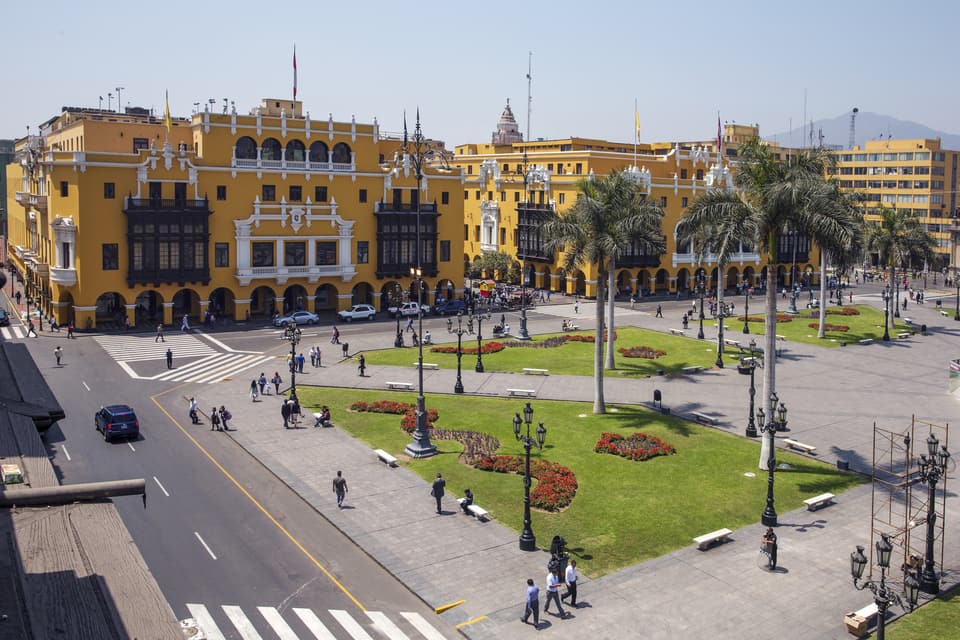
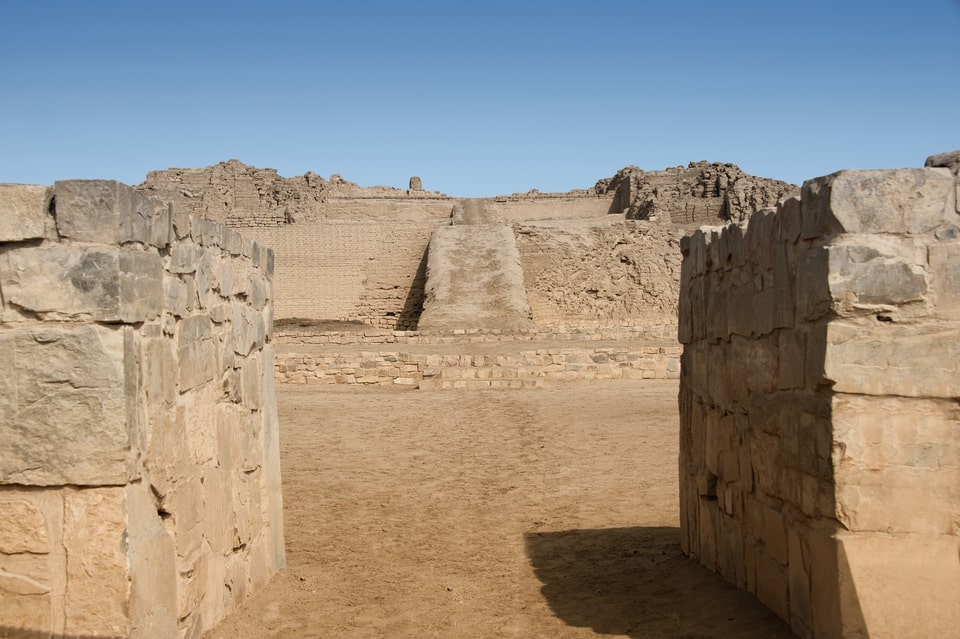
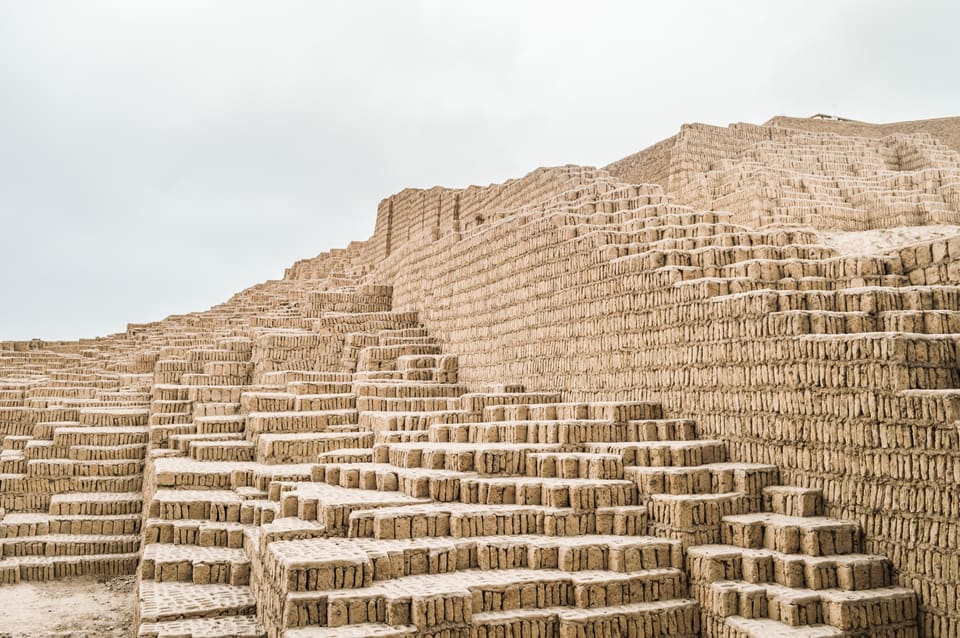
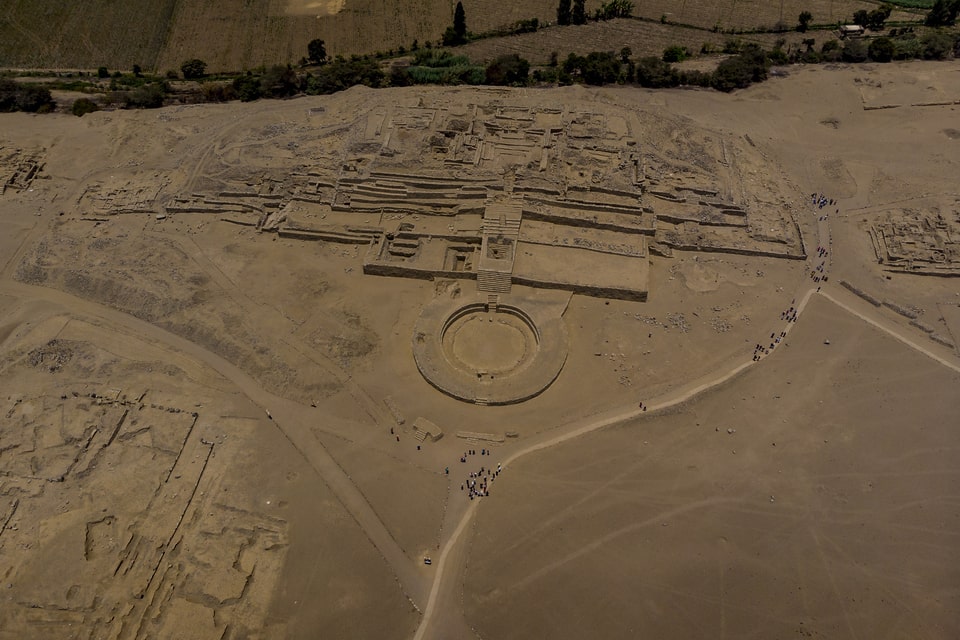
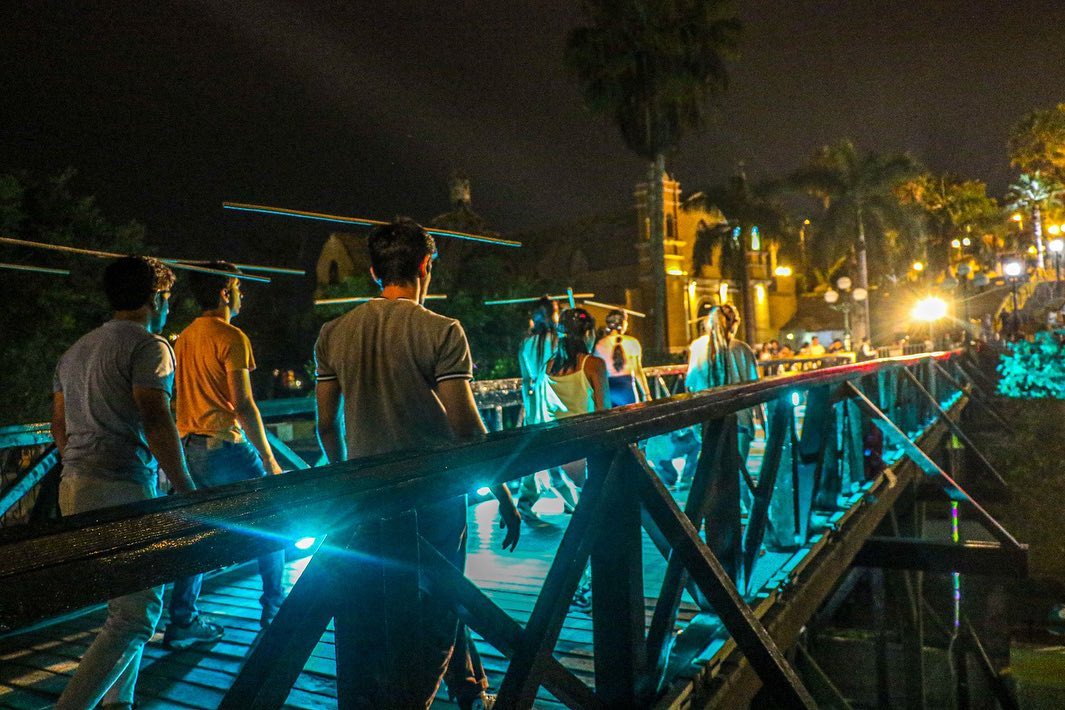
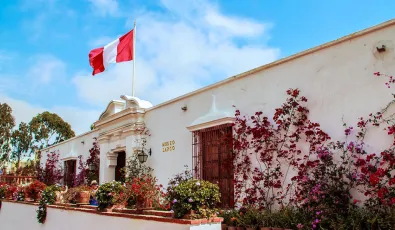
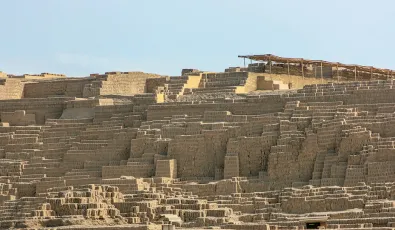
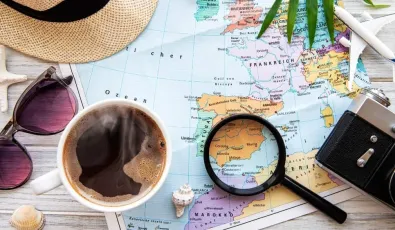
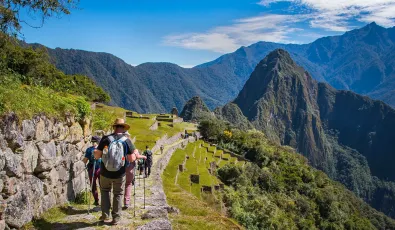

Add new comment